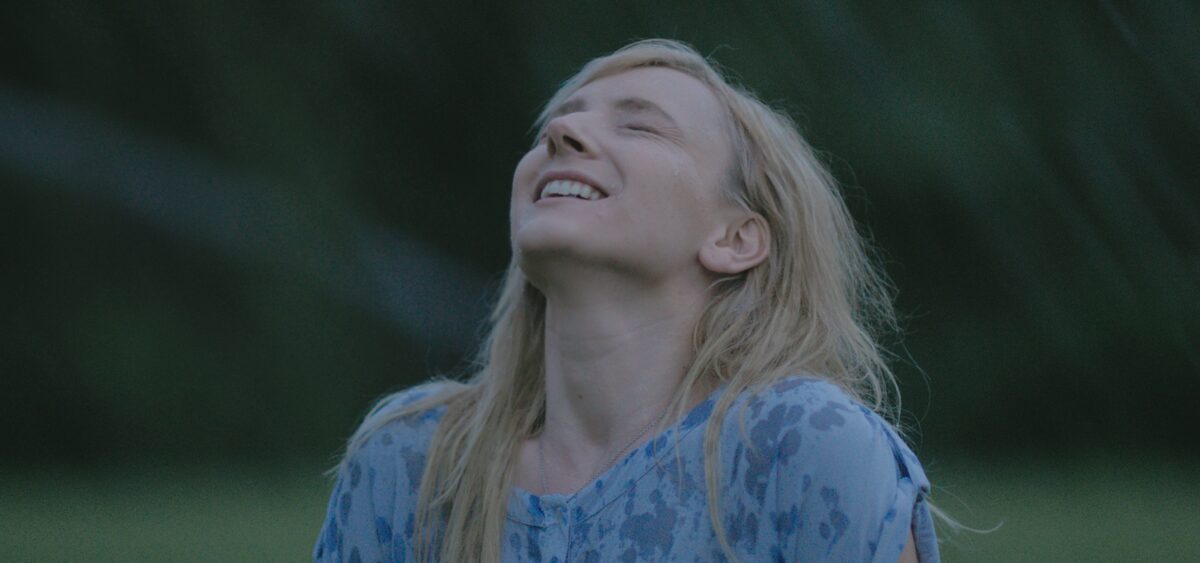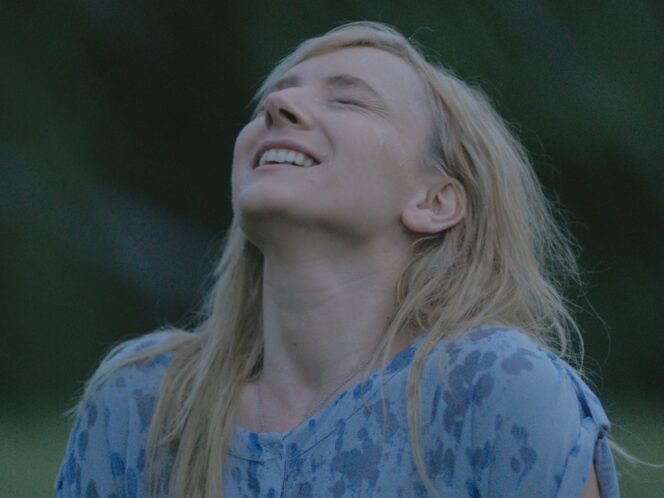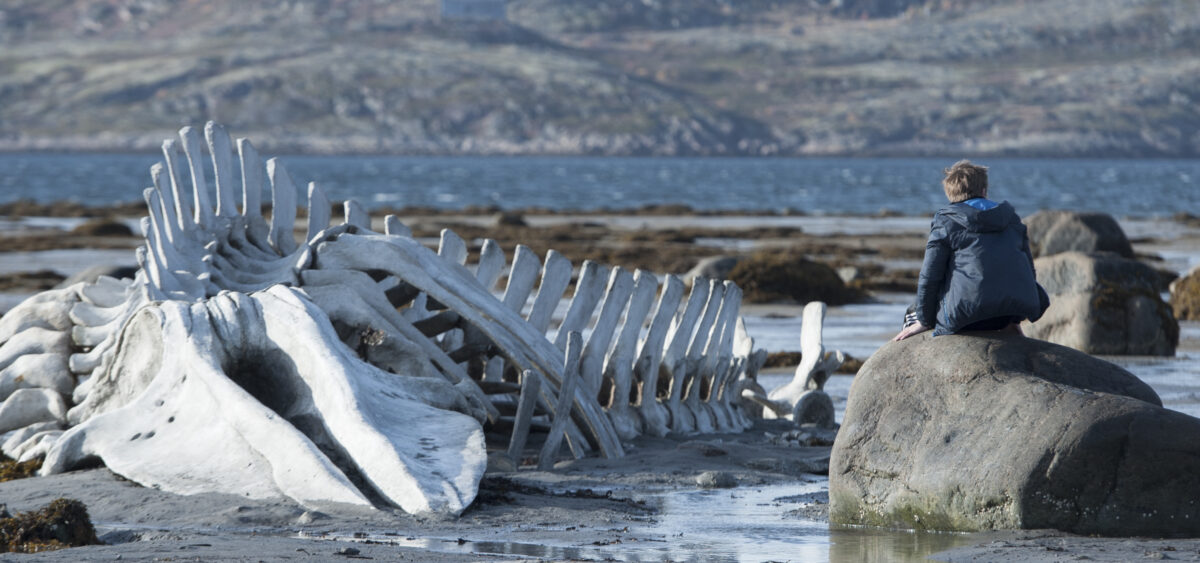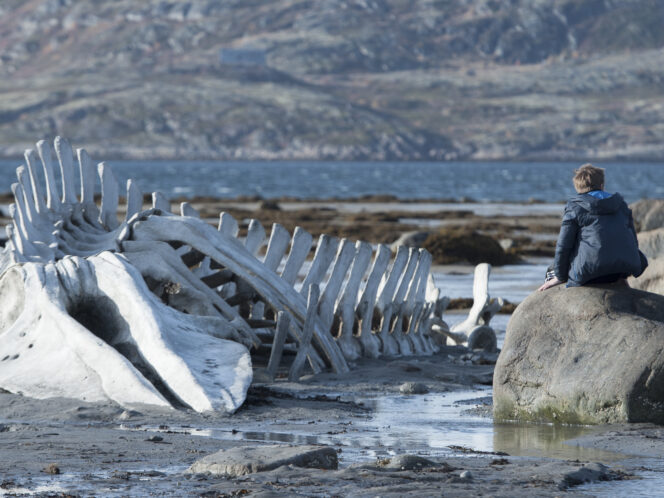
There is little doubt that female film directors have a harder time getting ahead in the business. Sexism is still rife in the industry, which habitually neglects women in the award season, and strong female characters are still extremely rare. Actresses past the age 35 struggle to get employment. This is no different in Eastern Europe, despite the fact that some of the most outstanding films of the communist era were made by female directors, such as Věra Chytilová, Kira Muratova or Larisa Shepitko. After the collapse of communism, things didn’t exactly get easier for women – the dominant image from the most fêted films of the last 30 years in the region is rather one of a male anti-hero, gangster or struggling member of the intelligentsia, trying to survive in the new reality.
The last decade in our region brought specific problems to the fore. If the 1990s were reflecting a painful need to ‘be like the West’, then the last 10 years documented profound divisions in Eastern European societies. The new capitalist economy became entrenched, several of the countries were already members of the European Union and underwent severe social and class transformations. This social criticism was especially visible in the Romanian New Wave or recent Hungarian cinema, which have rarely championed female directors. Still, women gave the changing post-socialist society a distinct look and vision. Ever subtle, even if striving for social commentary, directors examined especially the new female roles in the capitalist, consumerist society.
Lastly, their films reflect heated discussions on women’s rights in our region, as conservative governments have taken power in several countries. The recent popularization of feminism and the eruption of the #MeToo movement has provoked intensified discussions of how to better include women in film. However, this is not the sole reason for the following list; it is not a strange affirmative action to promote appreciation of female directors in the region. It is rather an attempt to highlight ‘another way’ of looking from the past decade (to borrow the title of the feminist Hungarian film from 1982 – again, made by a man, Károly Makk) and grasp female reflections on the new challenges facing the region, as well








